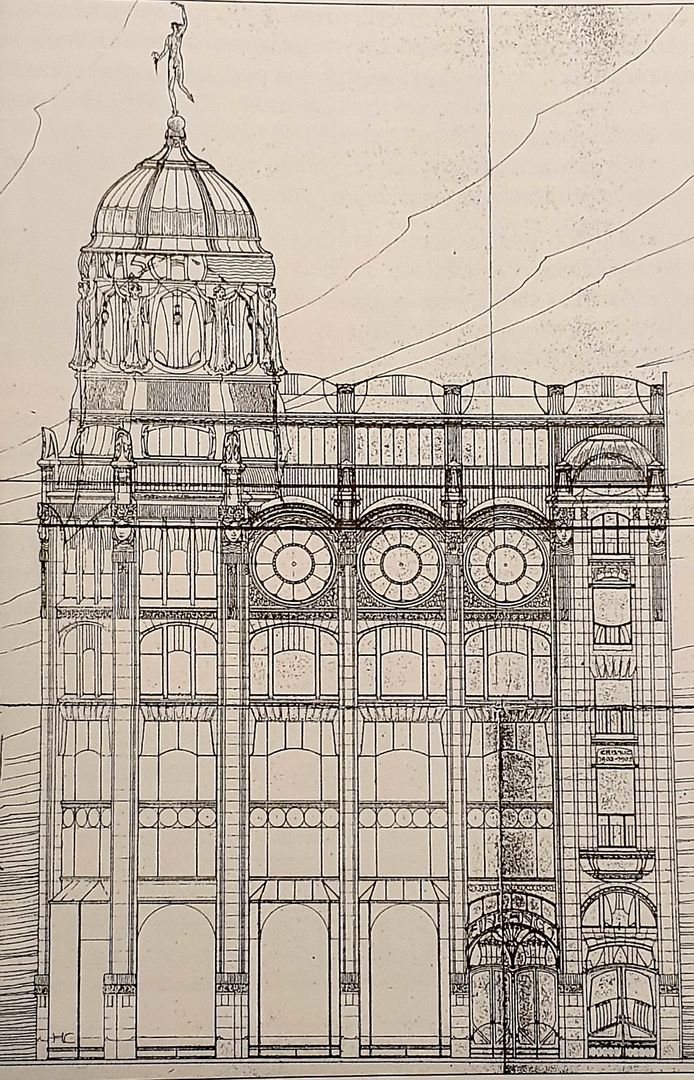Cooperative Trade House "Feniks" in Wrocław
6.89

Overview
The Barasch brothers, Georg and Artur, were Jewish merchants who in 1900 purchased tenement houses at the Market Square in Wrocław, where they opened a modern department store. Georg Barasch had been running his business since 1894, gaining popularity thanks to low prices, which unfortunately attracted criticism from local competitors. Their new store, designed in the Art Nouveau style by architect Georg Schneider, was one of the largest commercial establishments in Europe at its opening in 1904. Its façade was clad in Silesian sandstone, and a distinctive feature was a glass globe supported by four sphinxes, symbolizing the brothers' global aspirations. The interior of the building exudes luxury, adorned with marble and glass, and the products on display were carefully organized according to customers' needs. After World War I, the department store underwent modernization, and in the 1930s, in the face of rising anti-Semitism, the Barasch brothers were forced to merge with an Aryan company. In 1933, the department store underwent the process of Aryanization, losing its Jewish owners. After 1945, the building was transformed into the Cooperative Department Store and has survived to this day as an important element of Wrocław's commerce. After the war, despite minor damage, the building was quickly renovated, reopening in 1946 with innovative escalators. Over time, changing owners, it underwent further renovations in the 1970s, including interior modernization, and in 1970 it was entered into the register of historical monuments. Interestingly, in 2007, an image of the 1904 department store appeared on kreuzers. The Barasch Department Store, also known as the "Cathedral of Commerce," was not only a model of Art Nouveau architecture but also a symbol of Wrocław's social and commercial life.
Location
Tickets
Powered by GetYourGuide
2025 Wizytor | All Rights Reserved